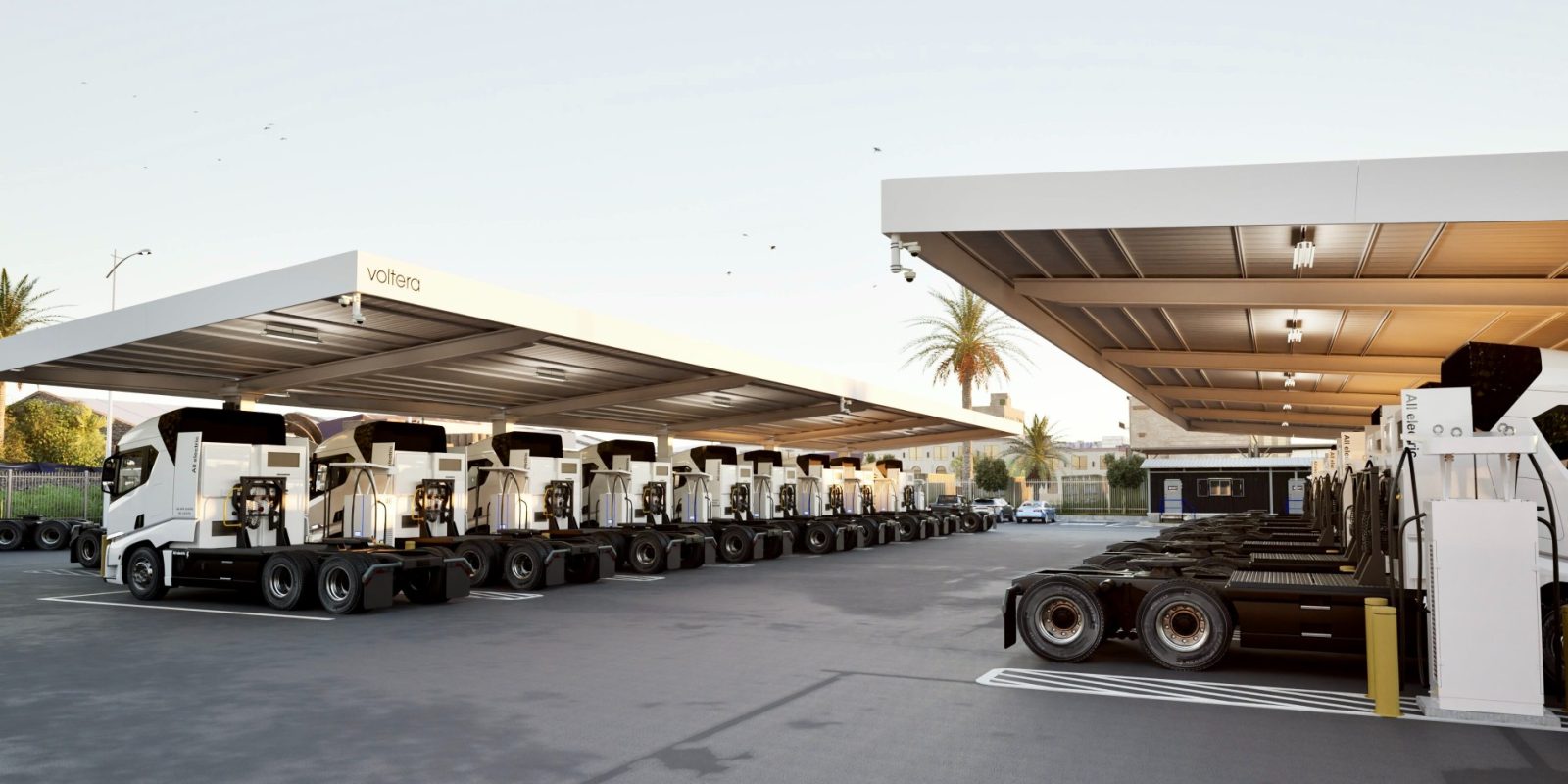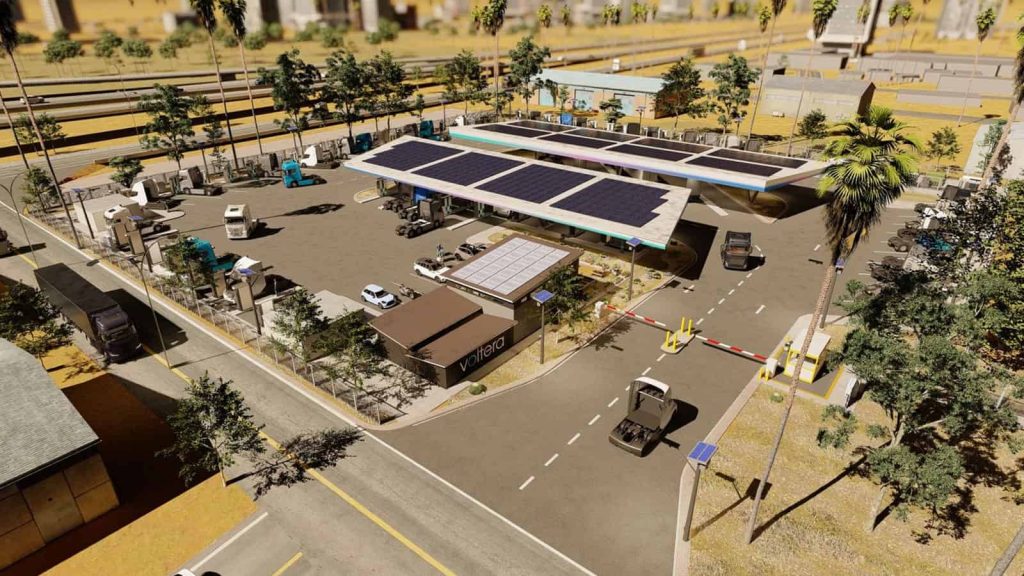
Voltera Power announced a significant, $150 million expansion of its commercial electric vehicle charging infrastructure, with plans to double its number of managed charging depots in 2024.
Voltera is best known for its clever managed charging depots, which the company builds, owns, and operates for the benefit of local electric fleets. Voltera then charges fleets for access to its chargers, which it maintains and manages to ensure maximum uptime.
It’s a business model that’s already been put into practice at a few initial sites. With their latest press announcement, however, the number of locations Voltera has acquired has grown to 21 sites, representing approximately $150 million of private investment in EV infrastructure real estate and over 115 megawatts (MW) of charging capacity.
“Both public and private investments are needed to scale development of ZEV charging infrastructure, which is needed to support fleets’ compliance with emerging state and federal emissions regulations,” explains Tom Ashley, Vice President of Government and Utility Relations at Voltera. “Our real estate investments and close partnerships with key government and utility stakeholders strengthen our ability to develop impactful projects, especially in communities that stand to experience lasting benefits from transportation electrification.”
Voltera’s latest acquisitions are supported by infrastructure investor EQT, and cover key EV markets like California, Arizona, Texas, Georgia, and Florida, which the company says will enable it to meet the diverse needs of commercial fleets, “from drayage and mail delivery to ride share services.”
Electrek’s Take

While the buildout of EV charging infrastructure represents an enormous challenge, it also presents a termendous opportunity, with some estimates showing that the US and Europe will need to spend $360 billion in capital to meet the needs of the growing electric vehicle fleet by 2030, and over $1 trillion in capital by 2040.
The money’s there, but that’s not the only issue. Even if you have the money and the land, the utility may not be able to support your high-speed charging ambitions. That’s a problem a lot of rural and inner city Ford dealers were faced with when they were “forced” to put in high-powered DC fast charging as part of the Model E initiative (because of low build-out priority and lack of available real estate to put in a substation, respectively). Voltera takes care of that by choosing sites and bringing them online specifically for the purpose of building out that charging infrastructure, as opposed to forcing it onto an existing location. Here’s hoping they’ll make charging easy enough to convince more local companies to make the switch to EV.
FTC: We use income earning auto affiliate links. More.

